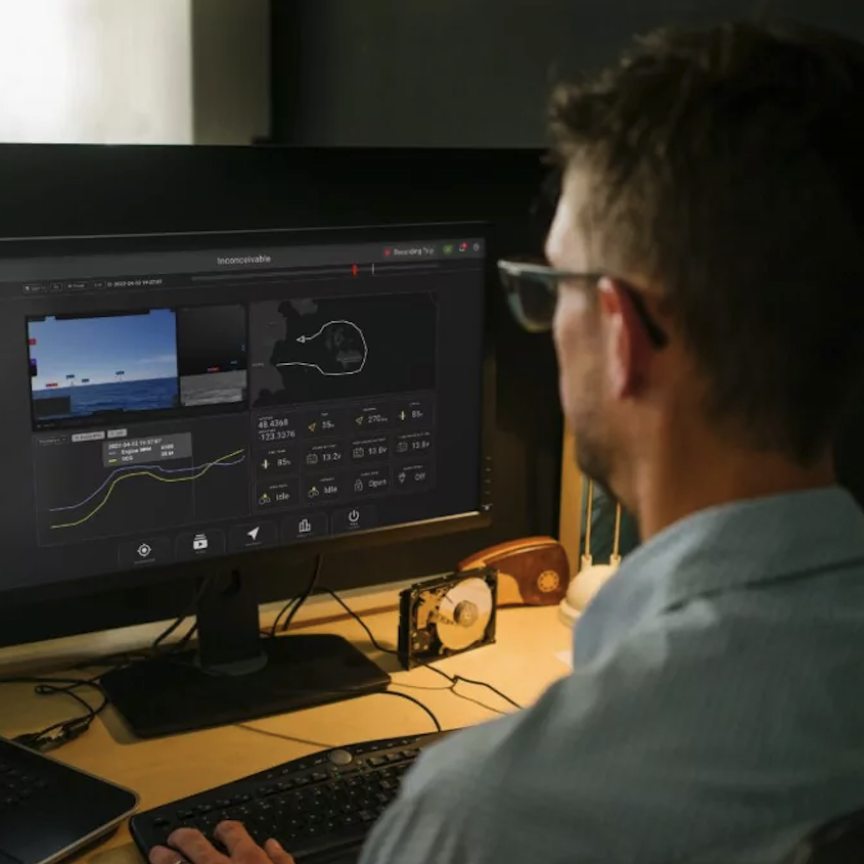How did you come to be part of the imaging/machine vision industry?
In the 1990s, e2v – at that time Thomson TCS facility, which was originally serving military and space applications with image sensors – began to supply linear arrays to OEMs. We also happened to serve French glass bottle manufacturers with custom area scan cameras. The management decision to position ourselves as a machine vision camera supplier took place in the late 1990s.
What role does Europe have in the development of machine vision?
Europe plays a major role, with a fair mix of component vendors, system makers, integrators, and industrial users. European vendors are recognised in domestic territories and worldwide.
As for image sensors and cameras, a few clusters exist, including one in Grenoble (France) named Minalogic. It federates local research and industrial powerful means, to which e2v contributes and from which we benefit.
What are the major growth sectors?
Most of our business comes from linear arrays and line scan cameras, a niche of the machine vision market. We see growth in the traditional industries dealing with raw material process.
Also, the ‘green new deal’ also opens new business opportunities, partially compensating the dramatic drop observed in semiconductors and fl at panel display manufacture.
Last but not least, we see the machine vision technologies diffusing to non-industrial applications (e.g. medical or security), which will bring new challenges and opportunities.
What do you see as the most important technological challenges facing the industry?
We are mainly embedded in inspection and sorting equipments. The search for shorter inspection cycles results in high-speed products capable of high line rate, while featuring suitable data transfer interface. To that extent, the on-going discussion about new standards is strategic.
For cameras, we foresee a growing interest for CMOS, mainly due to integration potential, and higher sensitivity at the edges of the visible spectrum, a capability we proudly own and have developed for years.
What do you see as being the most significant commercial change in the industry during the years ahead?
We see a clearer and clearer split between low-cost products (where price is the first item) and high-end products (where performance prevails).
We manage to convince clients to consider the total cost of ownership, while shifting focus away from the price war at sole component level. For instance, they understand they have to pay a bit more for a camera that allows convergence with an existing IT infrastructure, but that the overall system cost will be lower.

